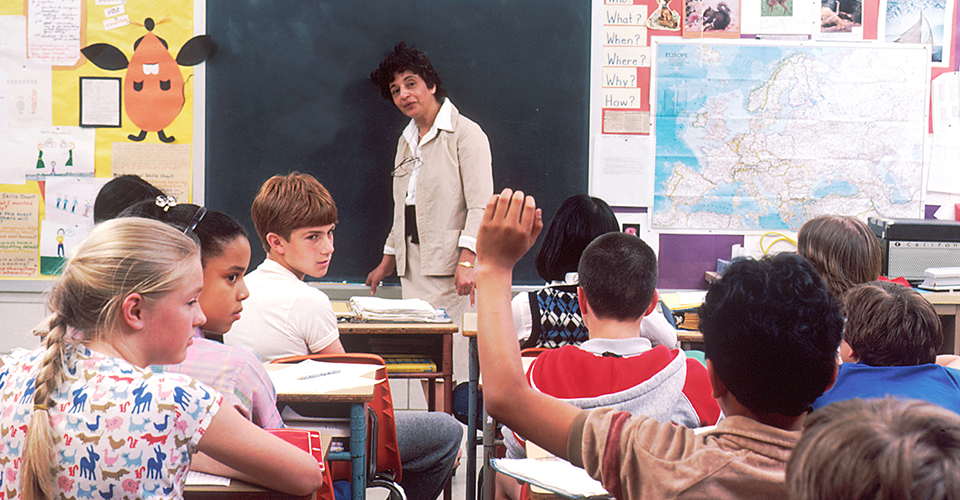The impact of the summer slide has been the focus of multiple studies over the past several decades. Over the course of their school career, students can lose up four years of education by not studying during vacation. This affects graduation rates, employment rates, and incarceration rates. The impact on society is well documented. What is not as well documented is the impact on the school itself.
The summer slide can be costly to school districts that do not take action to halt it. Many of the school districts in Ohio are facing reduced funding from the state over the next several years. This means that every dollar spent in the district must be spent wisely, balancing the advantages and disadvantages of every purchase for the district. Understanding the direct costs of the summer slide to any district’s budget is important.
- Up to two lost months – Many school districts accept that for the first two months of the year they will be refreshing the information students have lost over the summer. This is good news for the students that were not engaged in summer reading. For those that were engaged, this can mean they can disengage with classes early.
- Up to $1,500 spent – In 2002, the NEA stated that the average cost for a student per year is $7,000 (Ohio spends $6,000). That two months of lost class time costs a school district $1,555 ($1,300 in Ohio). In a city like Columbus, that means $75 million is spent annually helping students get caught up from their three month break from school.
- Reduced scores on standardized testing – The results of tests that students take to gauge their abilities has a large impact on funding for schools. These tests are ever evolving, and becoming more important in terms of determining funding for schools. Most schools see a drop each year in the Spring to Fall results on these tests, which can impact the funding the school receives.
- Poor schools are already at a disadvantage – According to a federal study, state and local governments spend an average of 15% less in poor and disadvantaged districts. This further impacts students, reducing their access to programs that could help them through the summer slide.
Fortunately, there are many programs that offer ways to mitigate or eliminate the summer slide. The least expensive ones are well managed summer reading programs that offer incentives for reading through the summer. The Kids Read Now summer reading program encourages stopping this slide by sending self selected books home for the family to enjoy. There are many places that offer summer reading camps as an option, taught by community volunteers or teachers.
Utilizing funds as a preventative measure instead of reacting to learning loss can save districts millions in revenue. Money that can be spent on new books, new facilities, and new programs to help teachers. This approach does not only help the school district manage its resources, it improves the lives of students by keeping their minds busy during the summer, ready to begin a new school year!

